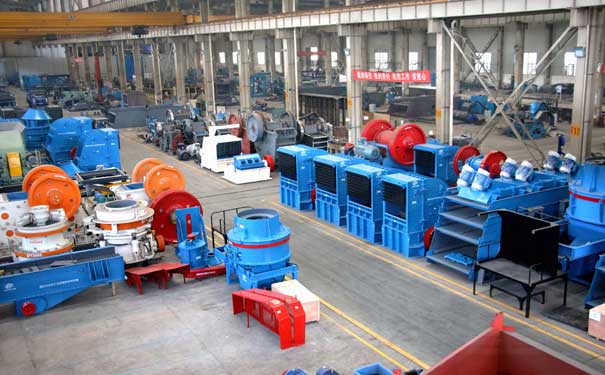Rotary Breakers are among the most suitable pieces of equipment for scalping off undesirable materials and performing size reduction in a single operation. Predominately used in the coal industry, these machines also separate cryolite from carbon anodes in the aluminum industry and break down raw oil sands.
Rotary Breakers have the ability to accept large feed sizes, process material at high capacities and offer a wide range of product sizes. The tumbling action of the rotating drum lifts and drops feed material repeatedly until the material breaks down and exits the drum through perforations in the screen plate. The rock and refuse then continue to move through the machine and are rejected at the discharge end.
Designed to be durable, low maintenance machines, Rotary Breakers are both safe and simple to operate. The low operating speed and horsepower requirement make rotary Breakers economical to operate and easy to maintain. When maintenance is required, inspection doors in the fabricated steel, sectionalized dust housing, which covers the breaker cylinder, allow easy access, and the optional inching drive offers a safer means of rotating the cylinder. Centrally banked lubrication lines allow an operator to lubricate all bearings from one location.
As part of the manufacturing process, the entire cylinder portion of the Rotary Breaker is machined on a large lathe to ensure the drum is perfectly concentric. This eliminates any chances of wobble or vibration during operation. Screen plates are installed in an overlapping fashion to protect the cylinder beams and provide additional structural support. Chute work at the feed and discharge ends ensures a smooth transition of material in and out of the cylinder.

